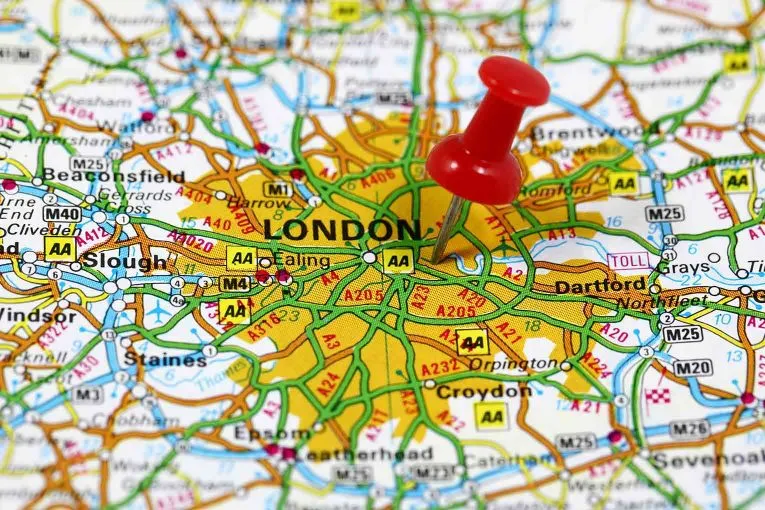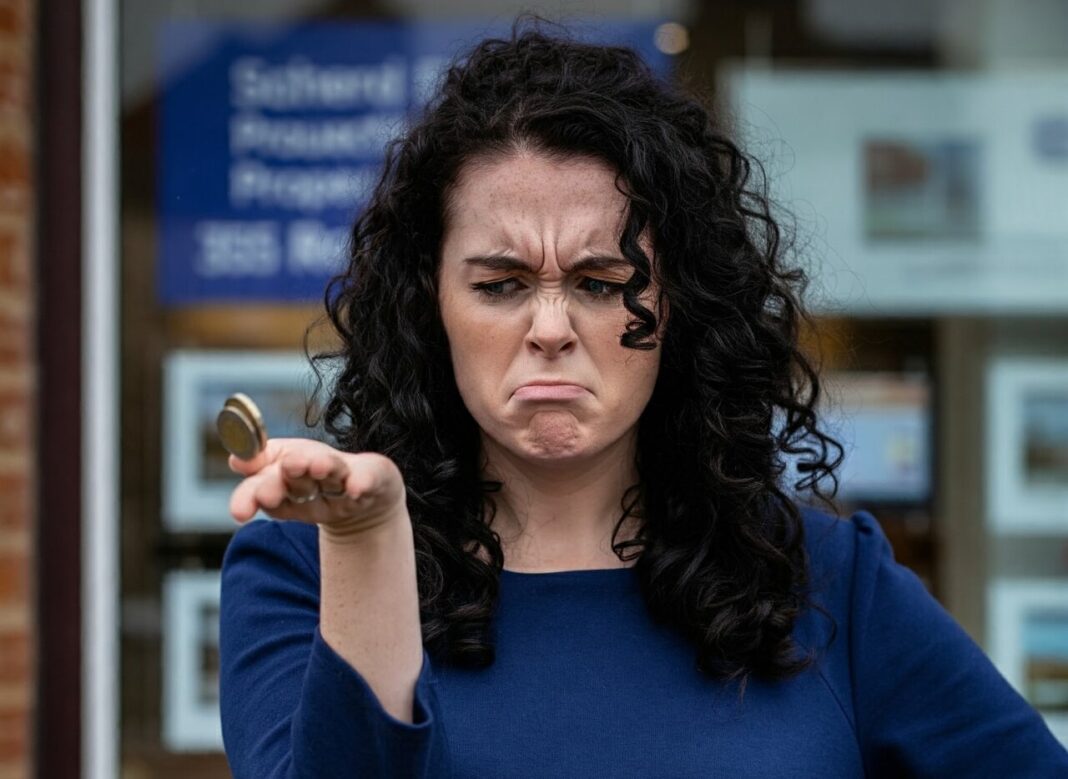London house prices have slipped back to levels last seen more than a decade ago in prime areas of the capital, opening up fresh opportunities for buyers as interest rates ease.
According to estate agency Chestertons average prices in prime central London stood at £1.08 million in July, down 6.6% year-on-year and equivalent to October 2014 levels.
Across Greater London, values averaged £537,853, a marginal 0.6% lower than last year and comparable to 2022 prices.
The decline comes as the Bank of England’s base rate has fallen to 4%, with further cuts to 3% forecast by 2026.
GREAT VALUE
Lower borrowing costs are expected to underpin demand, although inflation of 3.8% in the year to July may slow the pace of reductions.
Chestertons said the market now offers “great value” for buyers who delayed purchases during the recent years of rising rates.
Buyer demand is already strengthening, up 12% year-on-year, with sales agreed 8% higher. However, the agency warned sellers must set realistic asking prices, particularly for flats, where supply is running ahead of demand.
MIXED OUTLOOK
The outlook for the rest of 2025 is mixed. Studios and one-bedroom flats are likely to see further price falls, while larger apartments and family houses are expected to hold steady or gain modestly, with three-bedroom homes the most resilient.
On the rental side, prices continue to climb, albeit at a slower pace. Prime central rents rose 2% year-on-year in July to an average of £2,918 a month, while Greater London rents increased 2.7% to £2,065. Wage growth of 5% is helping tenants absorb higher costs, though affordability remains stretched.

Political change is also shaping the market, with Steve Reed replacing Angela Rayner as Housing Secretary and the government pressing ahead with its Renters’ Rights Bill despite opposition in the Lords.
Chestertons expects competition to intensify as borrowing costs ease, making accurate pricing and local market knowledge crucial for both buyers and sellers.









